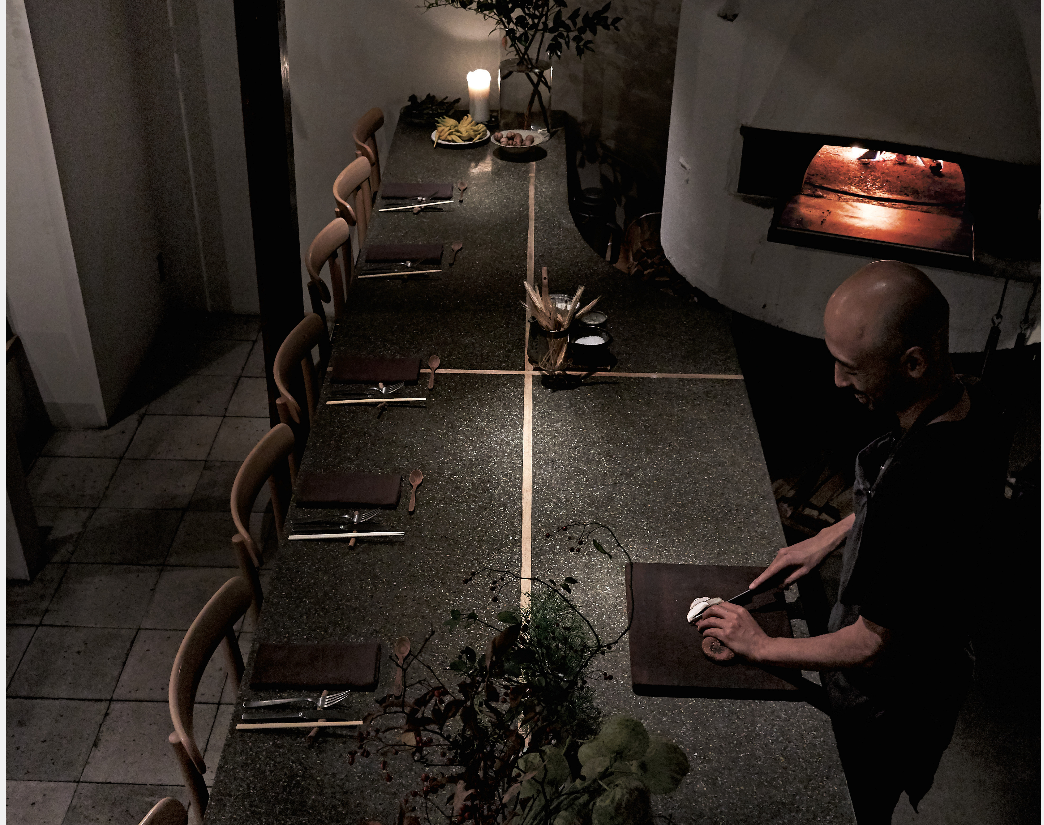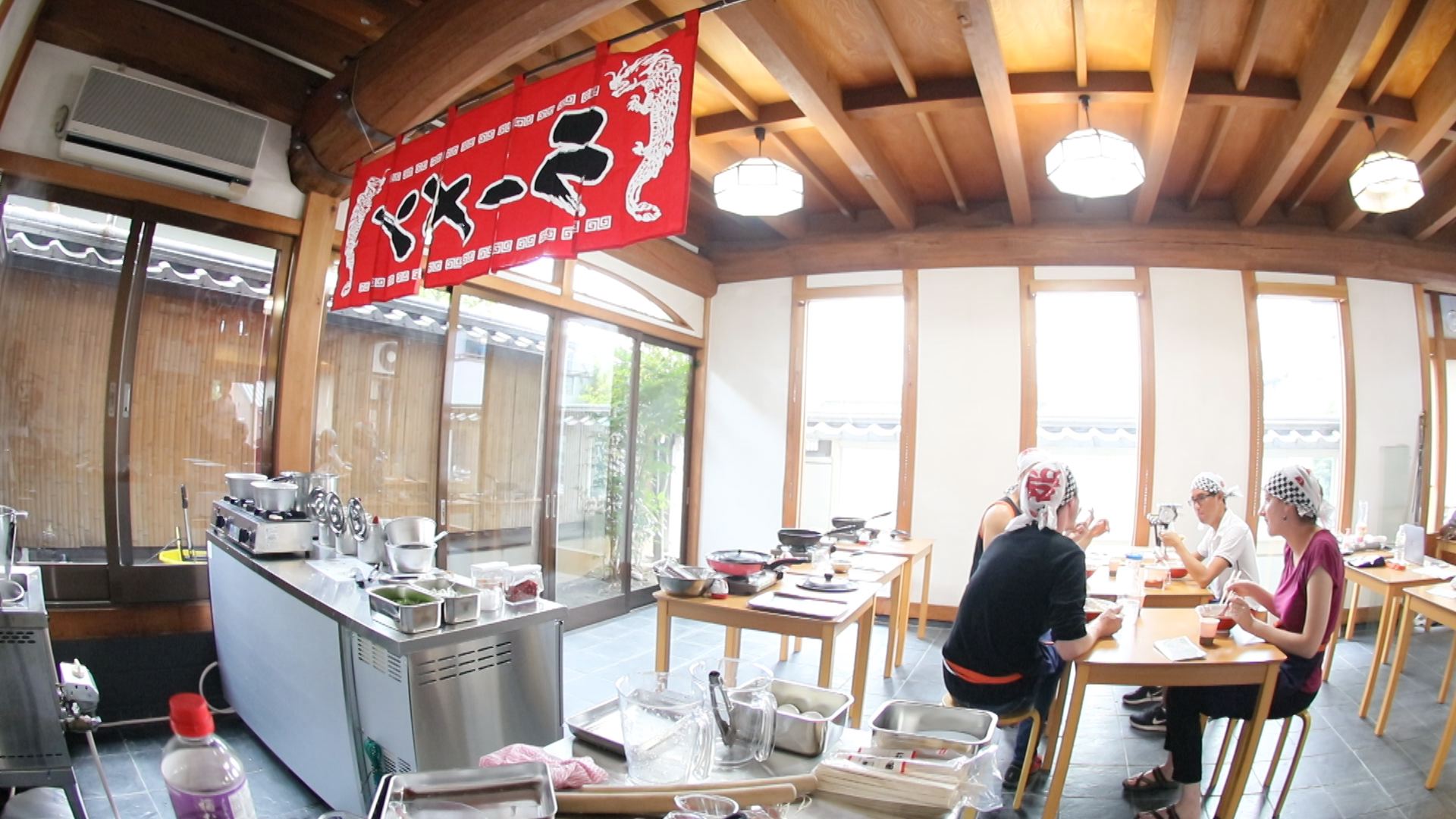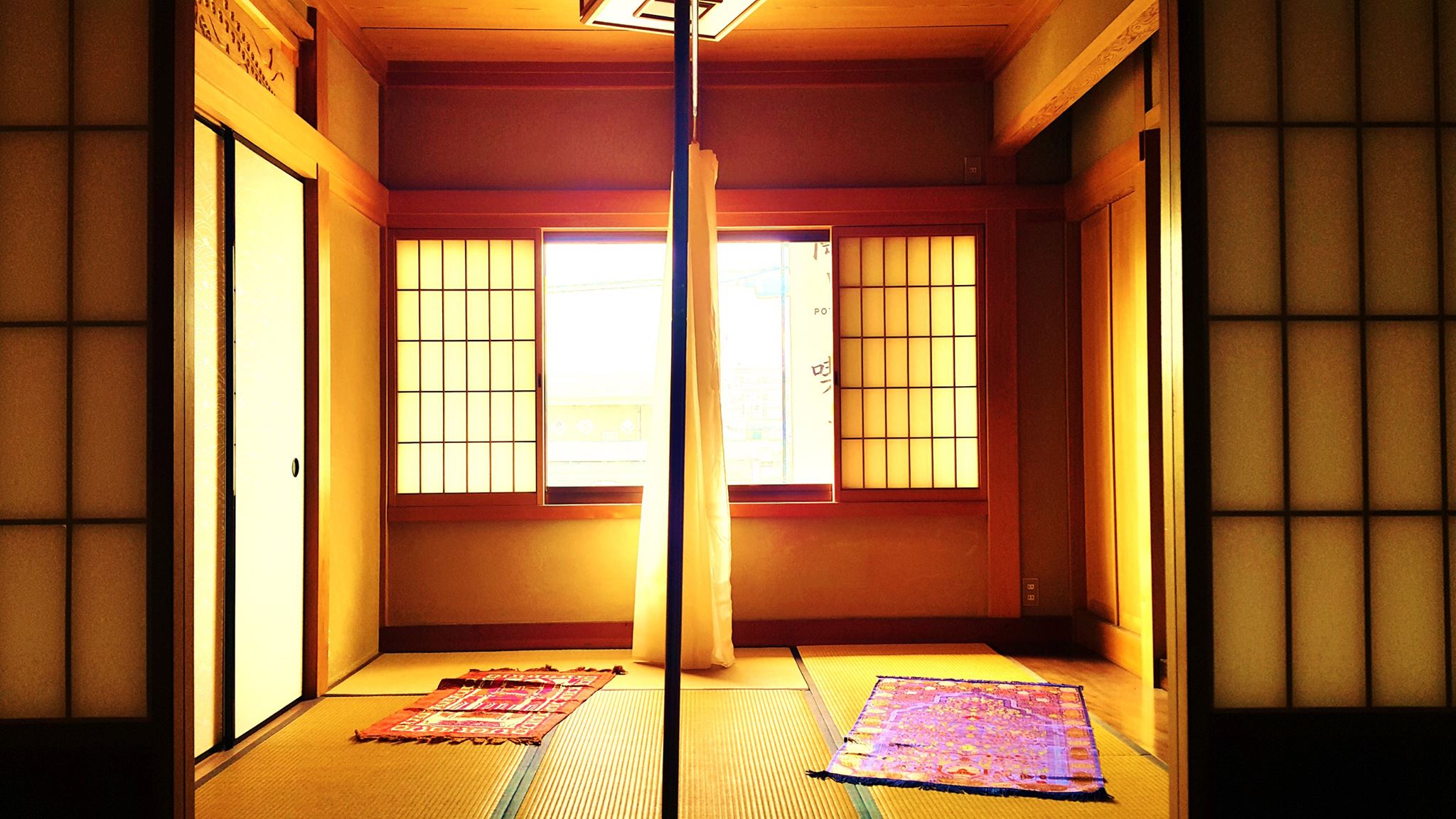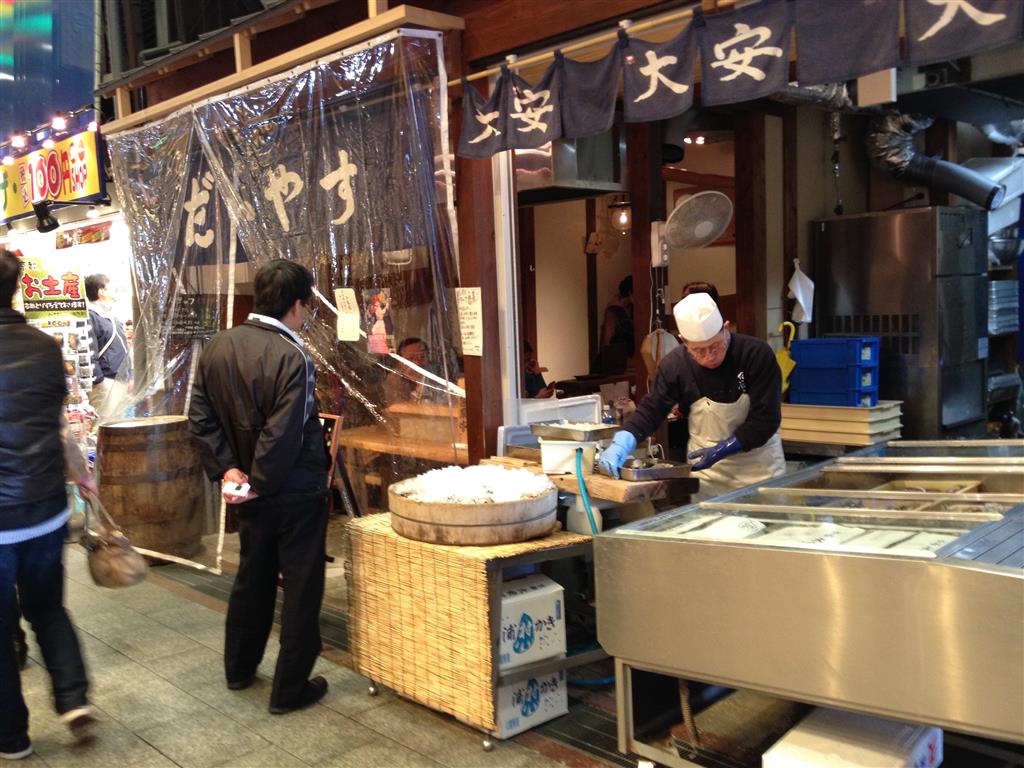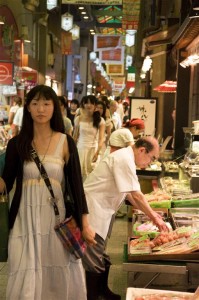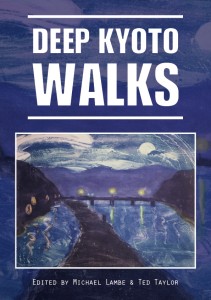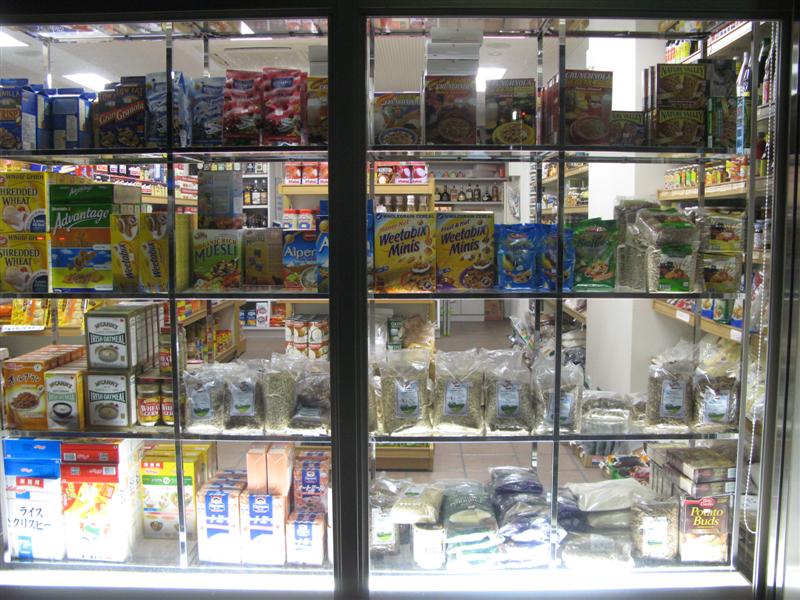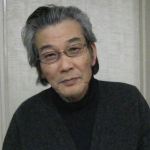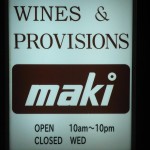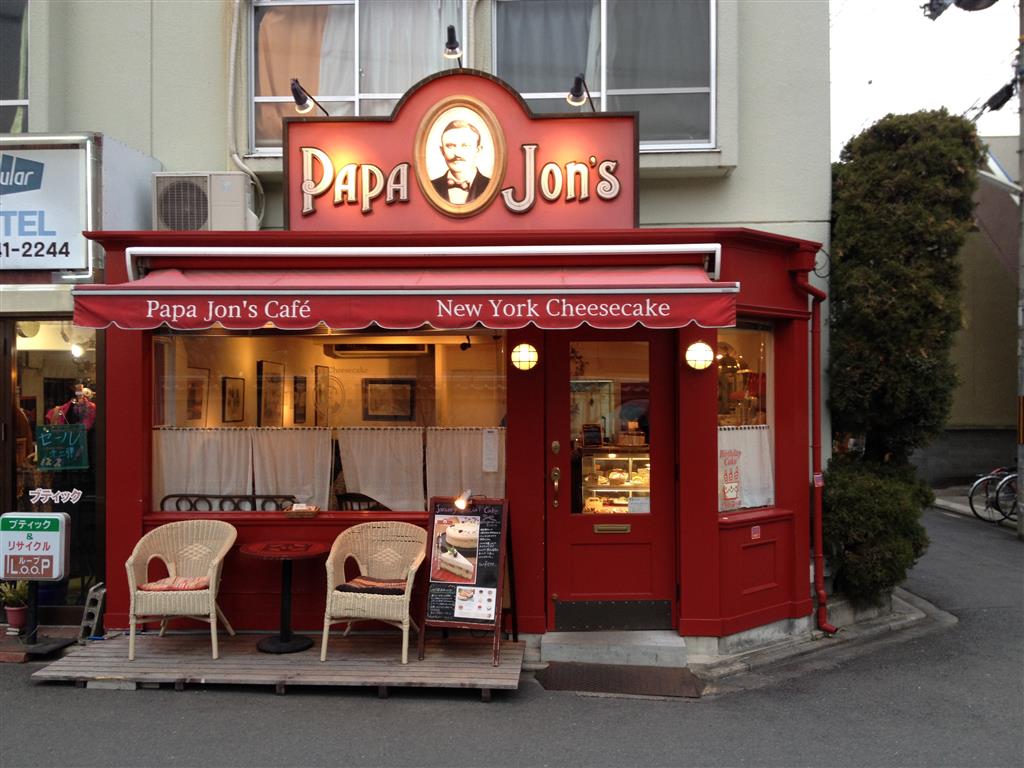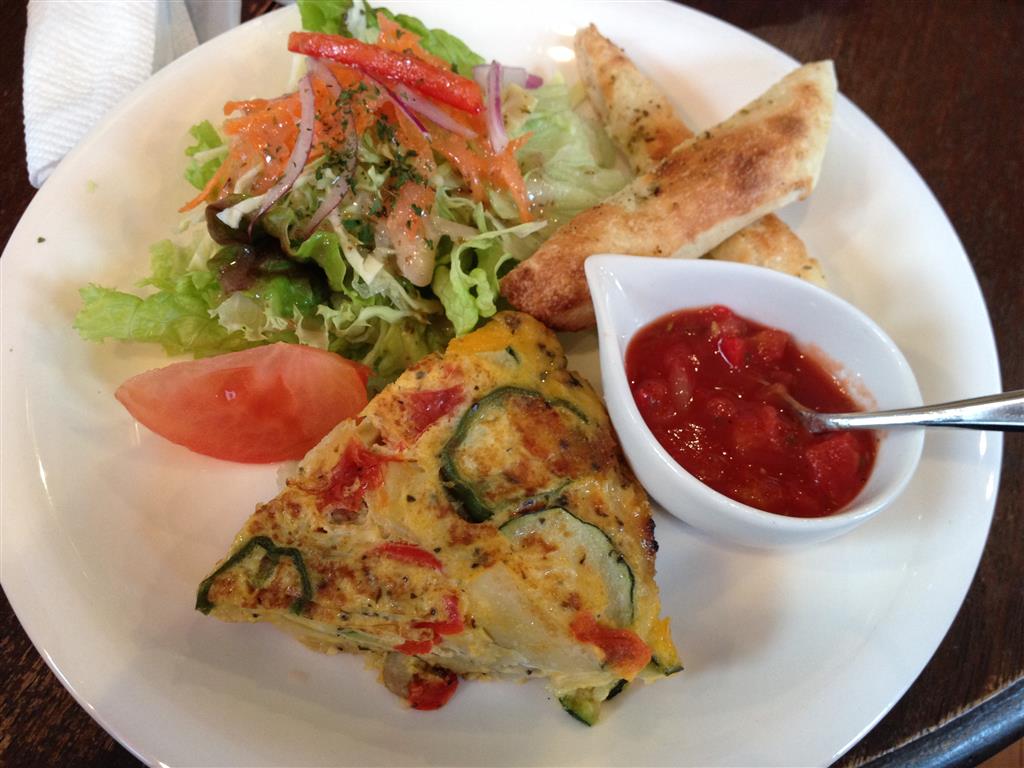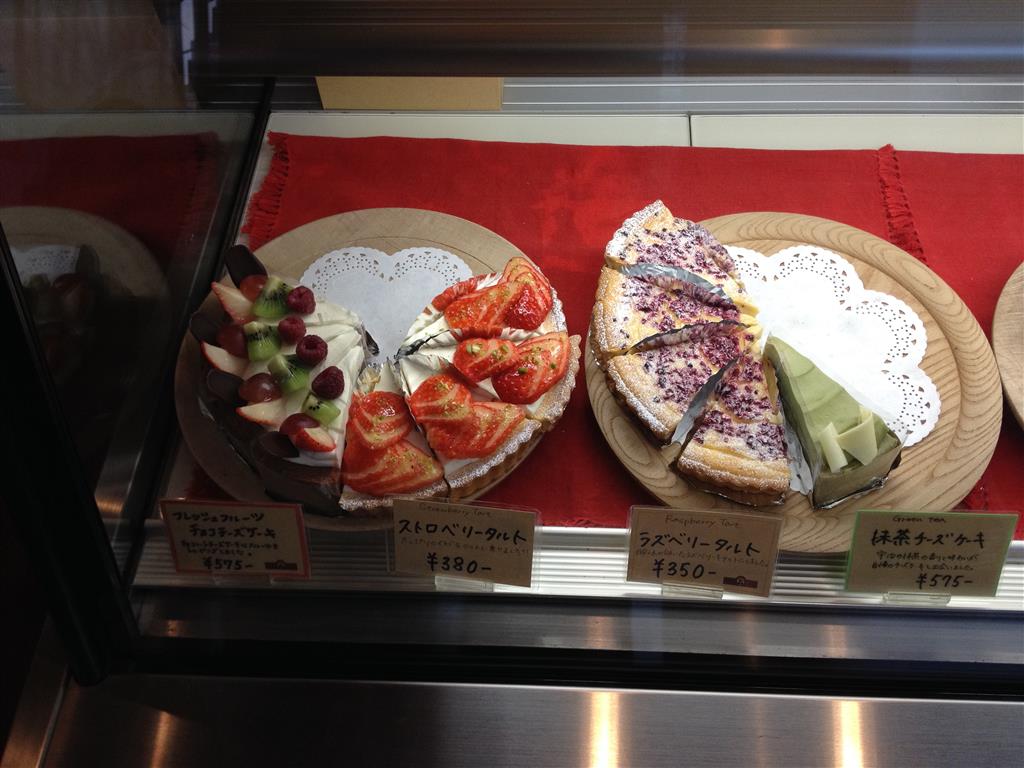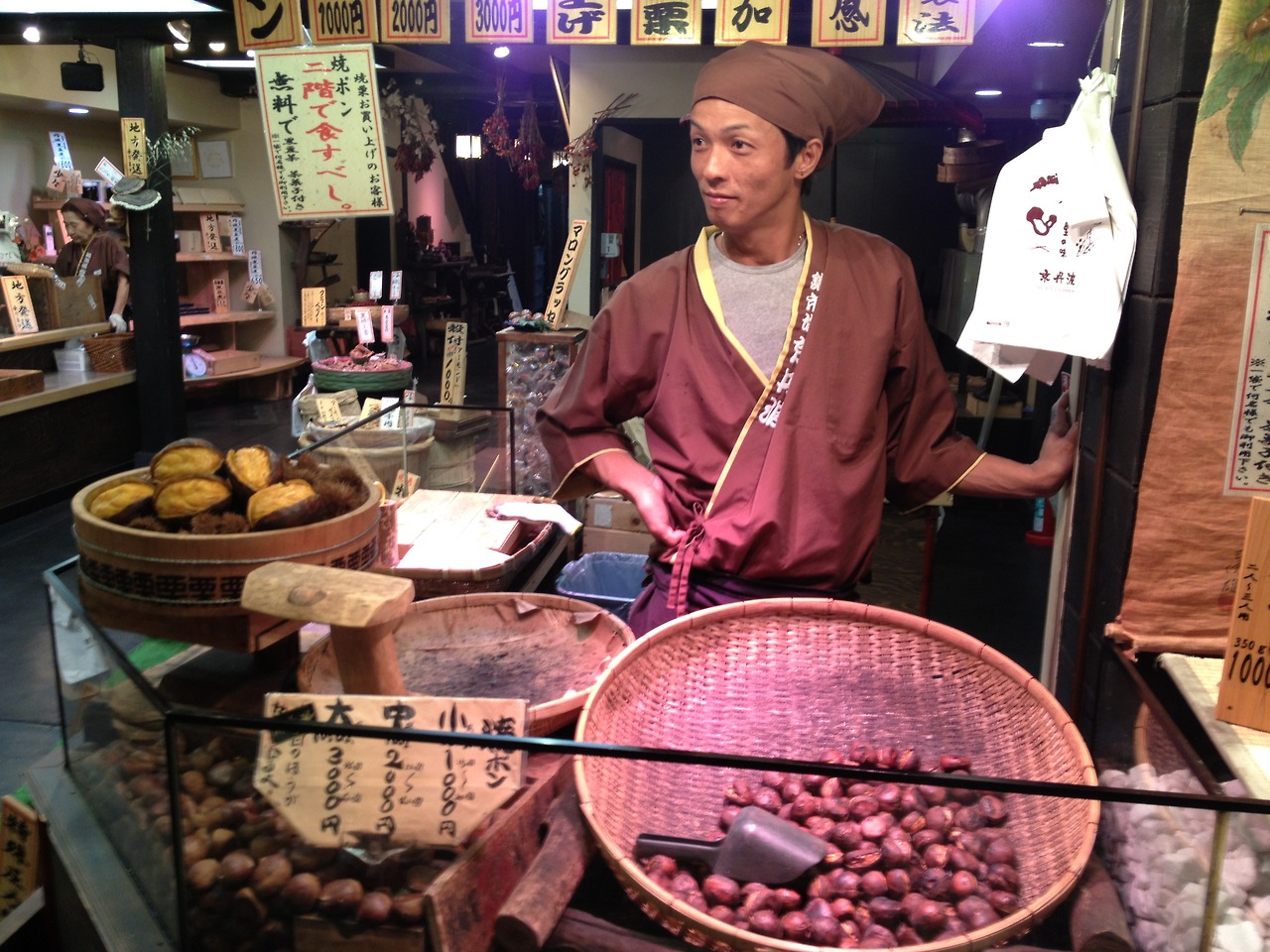Tokiwa is an unassuming noodle shop in central Kyoto that serves a huge variety of perfectly average canteen-style meals. It’s also the first place that I ever tasted nishin soba. And for that reason it holds a very special place in my heart.
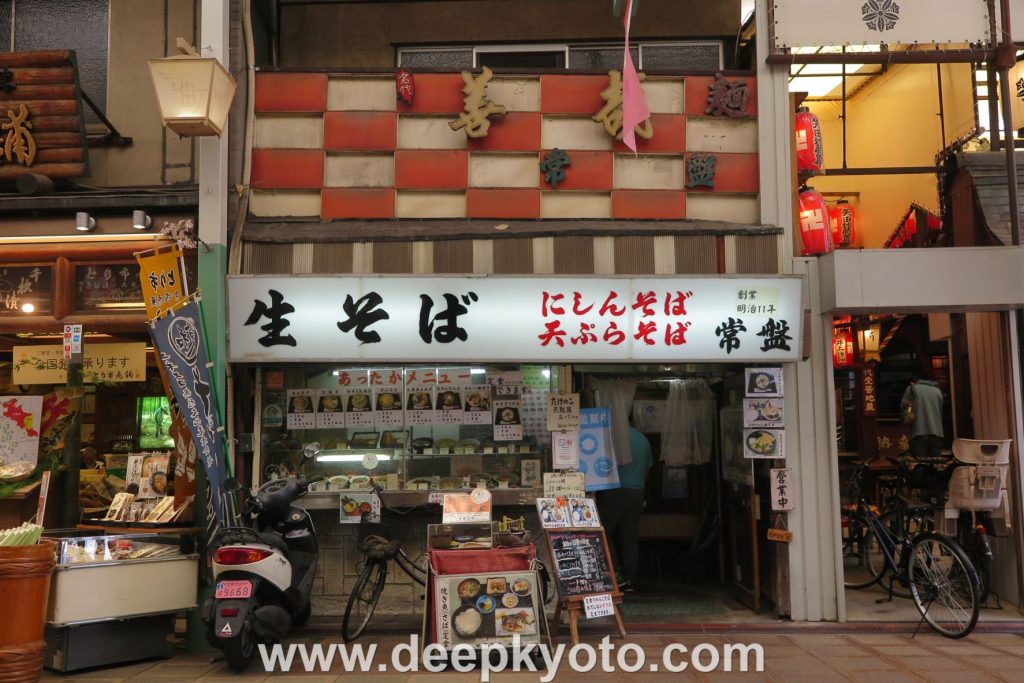
I can’t remember when exactly I first entered this place, but it must have been over a decade ago, just after I had first moved to Kyoto. My Japanese reading ability wasn’t so great at the time, but I could read hiragana, and the words ã«ã—ã‚“ãã° (nishin soba) were very clearly written in red on the shop front sign. I didn’t know what it was, but I decided to go in and give it a try. Reader, it was a revelation. And nishin soba has become one of my favorite Japanese dishes.
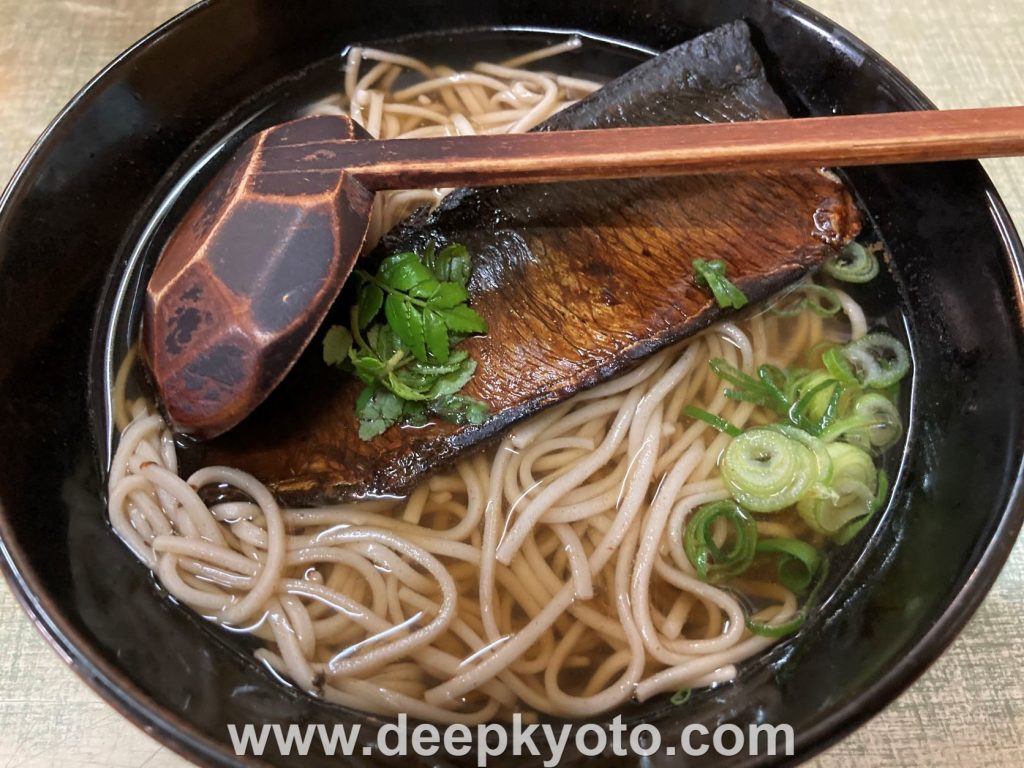
So this is nishin soba: a big slab of dried herring, marinated in mirin (cooking sake) and soy sauce, and served on a bed of fresh buckwheat noodles with some chopped green noodles. It is a simple dish, and to my mind it is a little piece of heaven in a bowl. The sweetness of the mirin contrasts nicely with the deep savory flavor of the fish, while those fresh noodles and the light broth they are served in serve as a satisfying complement. Nishin soba is in fact a specialty of Kyoto, having been invented in another noodle restaurant (Matusba over by the Minamiza theater) back in the 19th century. It’s not to everybody’s taste, but I find it quite magical.
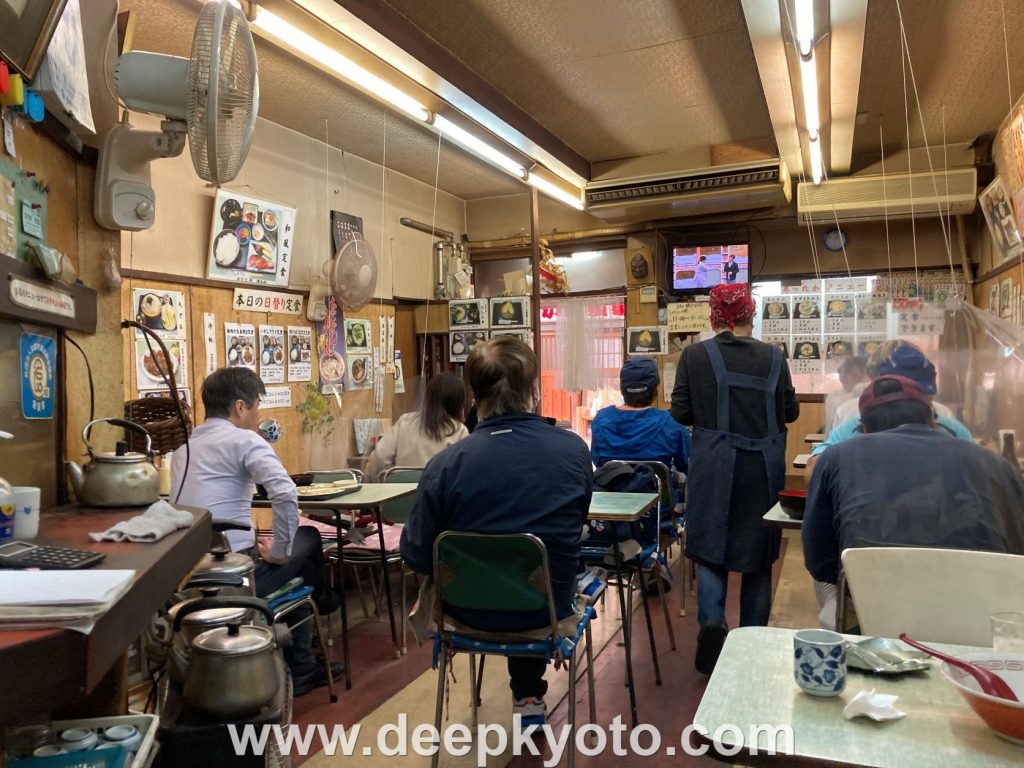
As for the shop “Tokiwa”, the place has a real Showa era vibe going on with its simple furnishings and wall-mounted TV. At the front of the shop, it says that Tokiwa was established in Meiji 11. That’s 1878 folks – this place is historic. I believe it is now run by the 4th or 5th generation of the family that established it. This is not unusual in Kyoto, but still I find it hard not to be impressed.
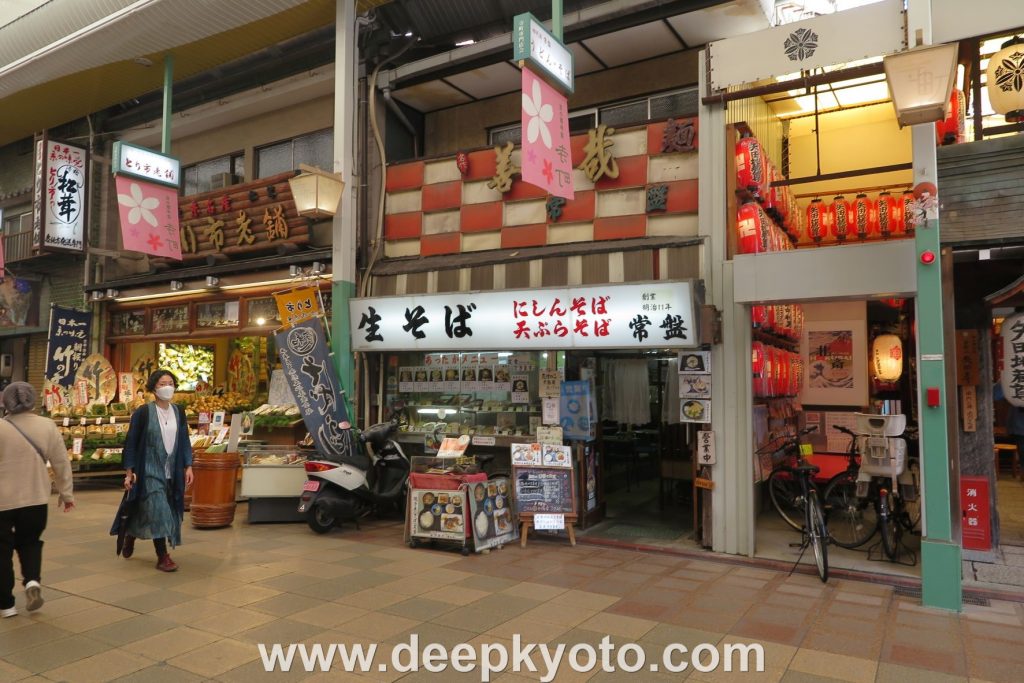
You might feel a little intimidated going into a tiny local place like this, but don’t be. Just walk in and someone will ask you how many people you are and then direct you to an available table. They have English and Chinese menus if you need them, and of course you don’t have to eat nishin soba. They have all kinds of soba and udon noodle or rice dishes available and economical set meals. You can see some plastic food models in the window to give you an idea of what is available. There’s quite a variety, but I can’t really recommend any of the other dishes because I’ve never tried them. For me this is a sacred spot where I can only eat nishin soba. And having tasted something so nourishing and flavorful, why would I want anything else?
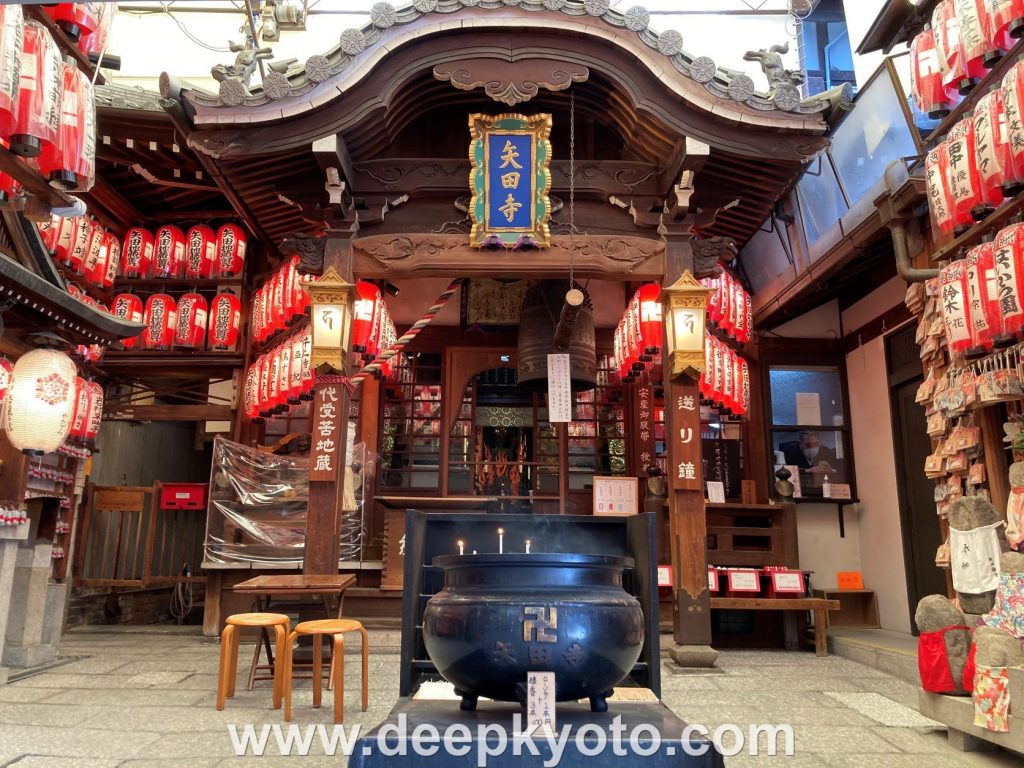
Tokiwa is open from 11.00 till 16.00 and closed on Wednesdays. You can find it on the east side of Teramachi just above Sanjo and right beside (the very small) Yata-dera Temple. Here is a map showing it’s location.
Text and images by Michael Lambe. All rights reserved.


